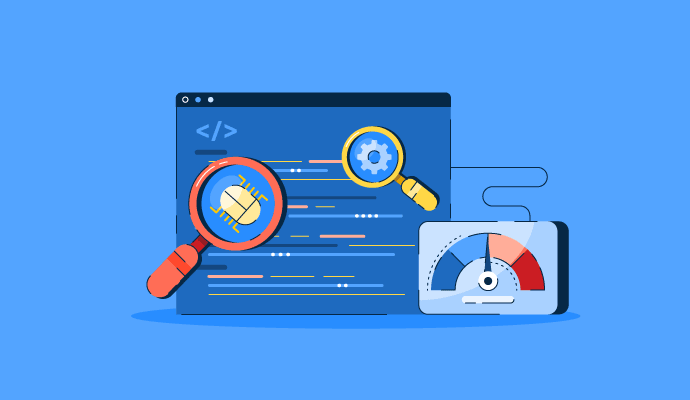Quality assurance (QA) and quality control (QC) are complementary activities that work together to ensure the overall quality of a product or service.
However, they serve distinct purposes. QA prevents defects through process improvements, while QC identifies issues using software testing tools and other methods.
What is the difference between QA and QC?
QA and QC are essential processes that aim to deliver high-quality products. QA is a proactive approach that controls defects before they occur. Whereas QC is a reactive approach that detects deficiencies that may have slipped through QA.
QA is more process-oriented and enables the prevention of quality issues during manufacturing. QC is product-oriented and identifies problems within the final product to ensure customer satisfaction.
The table below represents some of the most notable differences between quality assurance and quality control.
| Quality assurance | Quality control | |
| Definition | QA implements practices throughout the development lifecycle to ensure the final product meets the quality standards. | QC verifies the finished product or service to ensure it meets specified requirements or standards through inspection and testing. |
| Approach | Proactive and aims to build quality into the product from the start | Reactive and identifies defects after they occur |
| Focus | Targets the processes that create products/services | Targets the final products and deliverables |
| Objective | Prevent defects from occurring | Identify defects that have already occurred |
| Duration | Throughout the entire product development lifecycle |
After a specific development stage (testing phase) or during production |
| Activities |
Preventative measures:
|
Inspection and testing:
|
| Outcome | Improved overall quality, reduced rework, and increased efficiency | Defects found and addressed, and potential for rework |
| Responsibility | The entire development team or a dedicated QA team | Testing team or dedicated QC inspectors |
| Tools |
|
|
Learn about the other components of quality management systems (QMS) to create a structured framework that produces high-quality products.

Washija Kazim
Washija Kazim is a Sr. Content Marketing Specialist at G2 focused on creating actionable SaaS content for IT management and infrastructure needs. With a professional degree in business administration, she specializes in subjects like business logic, impact analysis, data lifecycle management, and cryptocurrency. In her spare time, she can be found buried nose-deep in a book, lost in her favorite cinematic world, or planning her next trip to the mountains.

